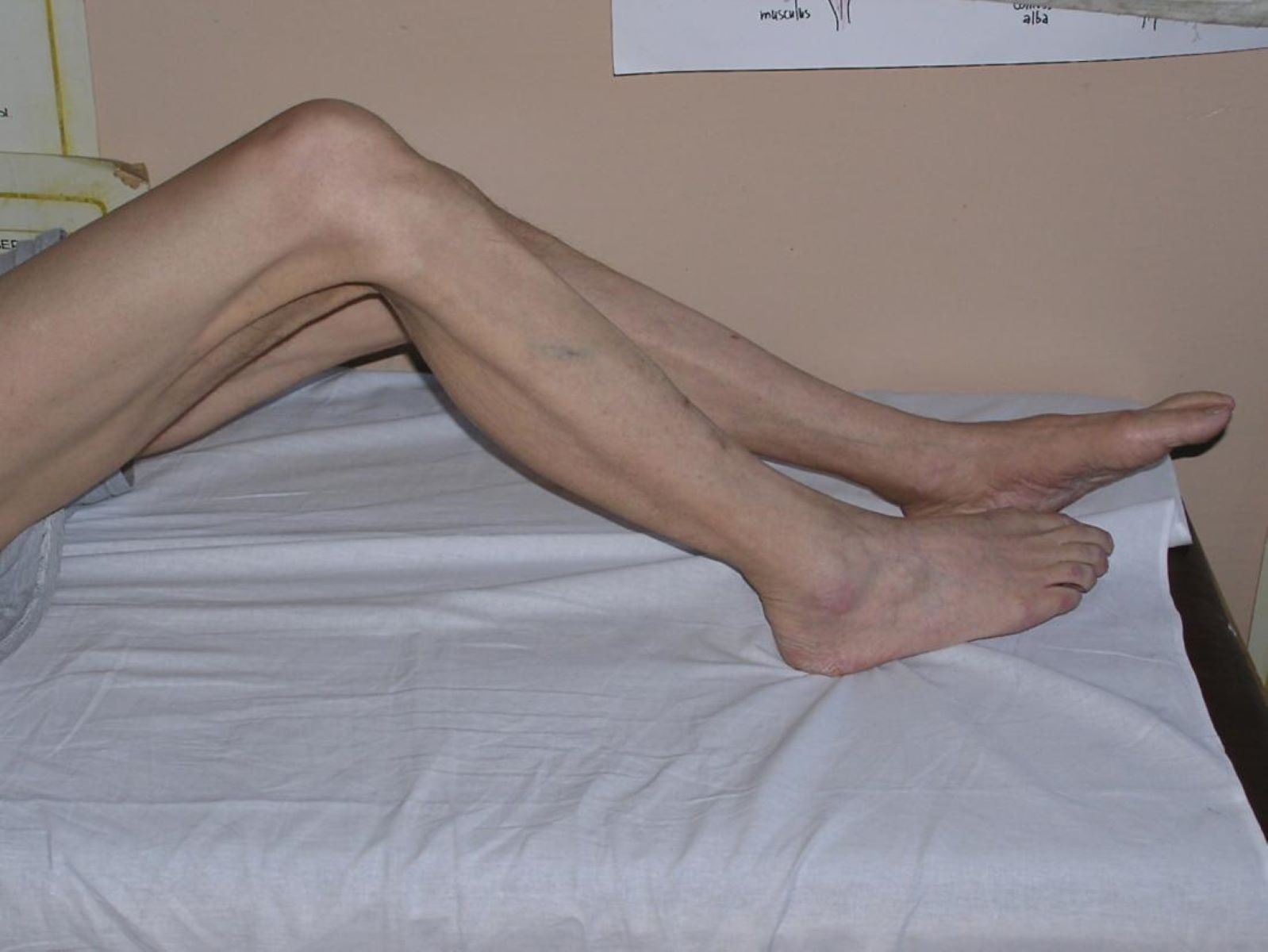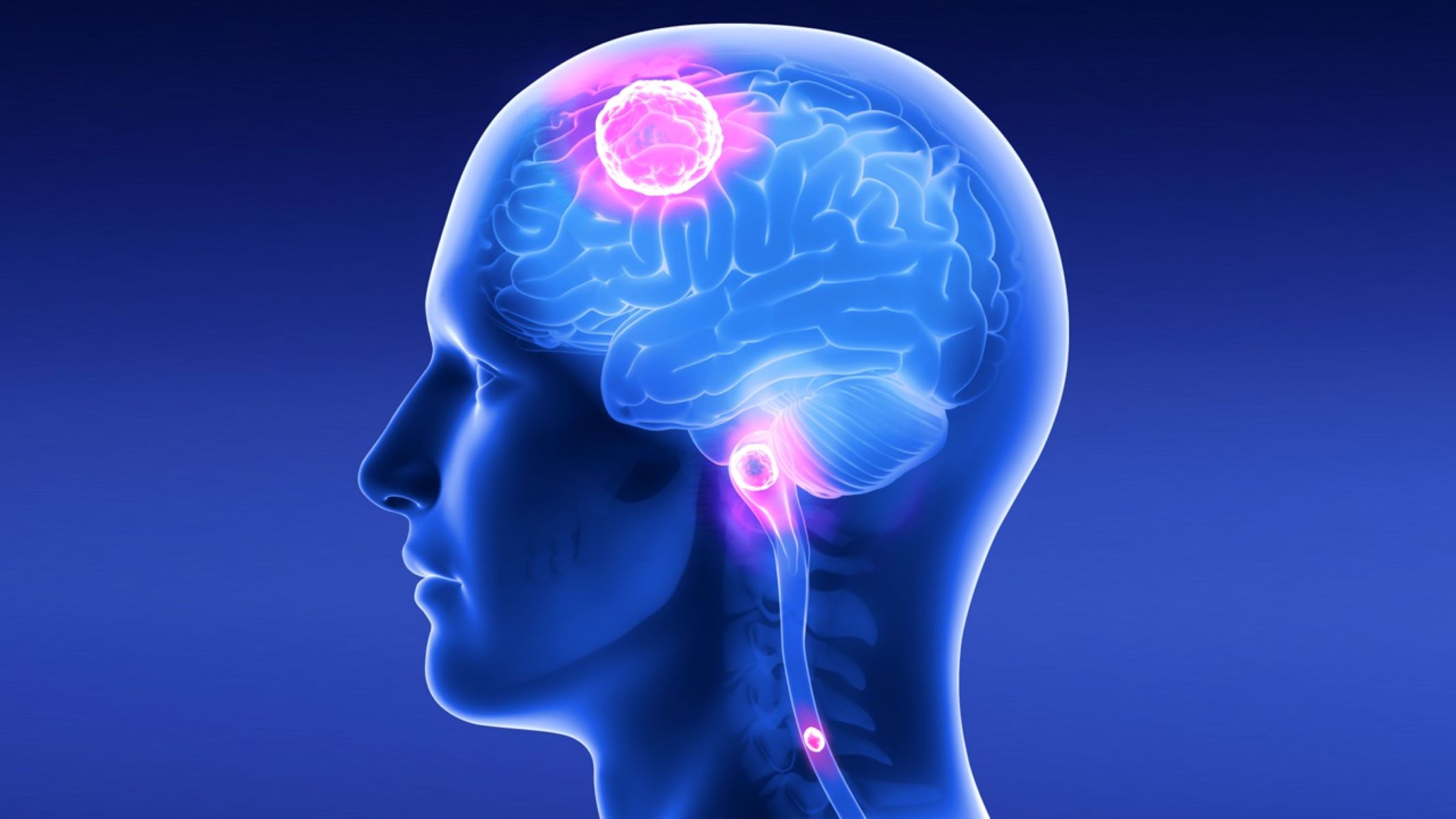
Atrophy is a condition where cells, tissues, or organs shrink and lose function. This can happen due to disease, injury, lack of use, or aging. Muscle atrophy often occurs when muscles aren't used regularly, like during long bed rest. Neurological atrophy involves the loss of neurons, seen in diseases like Alzheimer's. Cardiac atrophy affects the heart muscle, while bone atrophy leads to weaker bones, common in osteoporosis. Understanding atrophy's causes, effects, and management can help improve quality of life. Regular exercise, proper nutrition, and medical interventions are key to preventing and managing this condition.
What is Atrophy?
Atrophy is a medical term that describes the reduction in size of cells, tissues, or organs. This condition can result from various factors, including disease, injury, disuse, or aging. Let's explore some key facts about atrophy.
-
Definition and Etymology: Atrophy comes from the Greek word "atrophia," meaning "wasting away."
-
Types of Atrophy: There are several types, including muscle, neurological, cardiac, and bone atrophy.
-
Muscle Atrophy: This occurs when muscles lose mass and strength due to disuse, injury, or neurological disorders.
-
Neurological Atrophy: Involves the shrinkage of neurons and their supporting cells, often seen in diseases like Alzheimer's and Parkinson's.
-
Cardiac Atrophy: Refers to the reduction in size of the heart muscle, affecting cardiac function.
-
Bone Atrophy: Involves the loss of bone density and mass, commonly seen in osteoporosis.
Causes of Atrophy
Atrophy can be triggered by various factors. Understanding these causes can help in managing and preventing the condition.
-
Disease: Conditions like muscular dystrophy, ALS, and Alzheimer's can lead to atrophy.
-
Injury: Physical injuries, especially those affecting the nervous system, can cause atrophy.
-
Disuse: Prolonged inactivity or immobility can lead to muscle atrophy.
-
Aging: Natural wear and tear on cells and tissues as people age can cause atrophy.
-
Nutritional Deficiencies: Lack of essential nutrients like protein, vitamins, and minerals can contribute to atrophy.
Effects of Atrophy
The impact of atrophy can be profound, affecting both physical and mental health.
-
Loss of Function: Atrophy often leads to a loss of function in the affected cells, tissues, or organs.
-
Pain and Discomfort: It can cause pain and discomfort, especially in joints or muscles.
-
Reduced Quality of Life: Severe atrophy can limit mobility and independence, reducing quality of life.
-
Economic Burden: Atrophy-related conditions can impose a substantial economic burden on healthcare systems.
Diagnosing Atrophy
Proper diagnosis is crucial for effective treatment. Various methods are used to identify atrophy.
-
Physical Examination: A thorough physical examination can help identify signs of atrophy.
-
Imaging Studies: X-rays, CT scans, MRI scans, and ultrasound can provide visual evidence of tissue shrinkage.
-
Laboratory Tests: Blood tests may be used to check for underlying conditions contributing to atrophy.
Managing Atrophy
Managing atrophy often involves a multi-faceted approach. Here are some common strategies.
-
Physical Therapy: Regular exercise and physical therapy can help prevent or slow down muscle atrophy.
-
Medications: Steroids and growth factors may be prescribed to stimulate muscle growth.
-
Nutritional Support: Adequate nutrition is crucial for maintaining muscle mass and preventing atrophy.
-
Surgical Interventions: In some cases, surgery may be necessary to address underlying conditions contributing to atrophy.
Preventing Atrophy
Prevention is often more effective than treatment. Here are some ways to prevent atrophy.
-
Regular Exercise: Engaging in regular physical activity can help maintain muscle mass.
-
Healthy Diet: A balanced diet rich in protein, vitamins, and minerals is essential for overall health.
-
Avoiding Sedentary Behavior: Reducing sedentary behavior by taking regular breaks and engaging in light physical activity can help prevent atrophy.
Research and Development
Ongoing research aims to find new treatments and management strategies for atrophy.
-
Stem Cell Therapy: Researchers are exploring the use of stem cells to regenerate damaged tissues.
-
Gene Therapy: Gene therapy aims to correct genetic mutations that contribute to atrophy.
-
Proteomics and Genomics: Studying the proteome and genome can provide insights into the molecular mechanisms underlying atrophy.
Ethical Considerations
Ethical considerations are important when dealing with atrophy.
-
Informed Consent: Patients must provide informed consent before undergoing any treatment or intervention.
-
Patient Autonomy: Respecting patient autonomy is crucial in managing atrophy-related conditions.
-
Resource Allocation: Healthcare systems must allocate resources effectively to address the economic burden imposed by atrophy-related conditions.
Public Awareness
Raising public awareness about atrophy is essential for early detection and prevention.
-
Education Campaigns: Public education campaigns can raise awareness about the causes and effects of atrophy.
-
Support Groups: Establishing support groups for individuals affected by atrophy can provide emotional support and practical advice.
Future Directions
Future research directions include developing personalized treatments and advanced imaging techniques.
-
Personalized Medicine: Developing personalized treatment plans based on genetic profiles and individual responses to therapy.
-
Advanced Imaging Techniques: Utilizing advanced imaging techniques like MRI and PET scans to monitor tissue changes in real-time.
-
Regenerative Medicine: Exploring regenerative medicine approaches such as tissue engineering and organ transplantation.
Challenges in Research
Despite progress, several challenges remain in researching atrophy.
-
Complexity of Biological Systems: Biological systems are inherently complex, making it challenging to understand the underlying mechanisms of atrophy.
-
Limited Funding: Research into atrophy often faces limited funding, hindering the development of new treatments.
-
Ethical Dilemmas: Ethical dilemmas arise when dealing with conditions like ALS, where patients may face difficult decisions regarding end-of-life care.
Clinical Trials
Clinical trials play a crucial role in advancing our understanding of atrophy.
-
Randomized Controlled Trials: Conducting randomized controlled trials helps establish the efficacy and safety of new treatments.
-
Pharmacological Interventions: Testing pharmacological interventions such as medications aimed at stimulating muscle growth or preventing further shrinkage.
Patient-Centered Care
Patient-centered care is essential in managing atrophy-related conditions.
-
Holistic Approach: Adopting a holistic approach that addresses physical, emotional, and social needs of patients.
-
Patient Education: Educating patients about their condition and treatment options empowers them to make informed decisions.
Economic Impact
The economic impact of atrophy cannot be overstated.
-
Healthcare Costs: Atrophy-related conditions impose significant healthcare costs due to the need for ongoing treatment and care.
-
Lost Productivity: Atrophy can lead to lost productivity in the workforce, affecting both individuals and society as a whole.
Social Impact
The social impact of atrophy is multifaceted.
-
Quality of Life: Atrophy can significantly reduce an individual's quality of life by limiting their mobility and independence.
-
Family Support: Families often provide crucial support to individuals affected by atrophy, highlighting the importance of social support networks.
Cultural Significance
Atrophy has cultural significance in various contexts.
-
Historical Perspectives: Understanding historical perspectives on atrophy can provide insights into how societies have responded to this condition over time.
-
Artistic Representations: Atrophy has been depicted in various forms of art, reflecting its cultural significance.
Global Health Concern
Atrophy is a global health concern due to its prevalence and impact.
- Universal Health Coverage: Ensuring universal health coverage is crucial for addressing atrophy-related conditions worldwide.
Final Thoughts on Atrophy
Atrophy, the gradual wasting away of cells, tissues, or organs, affects many aspects of health. From muscle atrophy due to disuse or neurological disorders to bone atrophy seen in osteoporosis, the impacts are significant. Understanding the causes, such as disease, injury, or aging, helps in managing and preventing this condition. Physical therapy, nutritional support, and regular exercise play crucial roles in maintaining health and function. Advances in stem cell therapy and gene therapy offer hope for future treatments. Public awareness and early detection are key to mitigating the effects of atrophy. By staying informed and proactive, individuals can better manage their health and improve their quality of life. The journey to combat atrophy is ongoing, but with continued research and innovation, there is hope for more effective solutions.
Was this page helpful?
Our commitment to delivering trustworthy and engaging content is at the heart of what we do. Each fact on our site is contributed by real users like you, bringing a wealth of diverse insights and information. To ensure the highest standards of accuracy and reliability, our dedicated editors meticulously review each submission. This process guarantees that the facts we share are not only fascinating but also credible. Trust in our commitment to quality and authenticity as you explore and learn with us.


